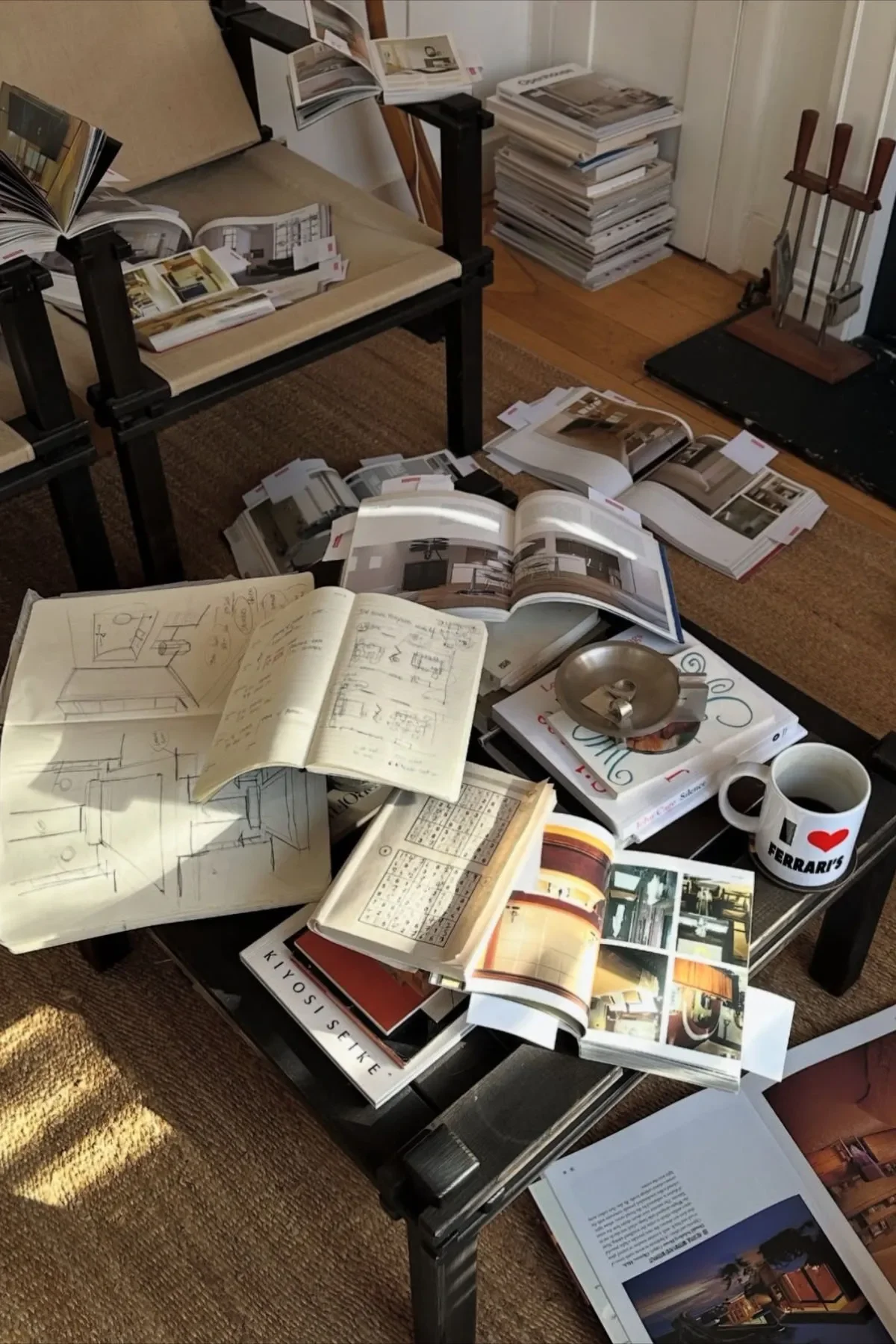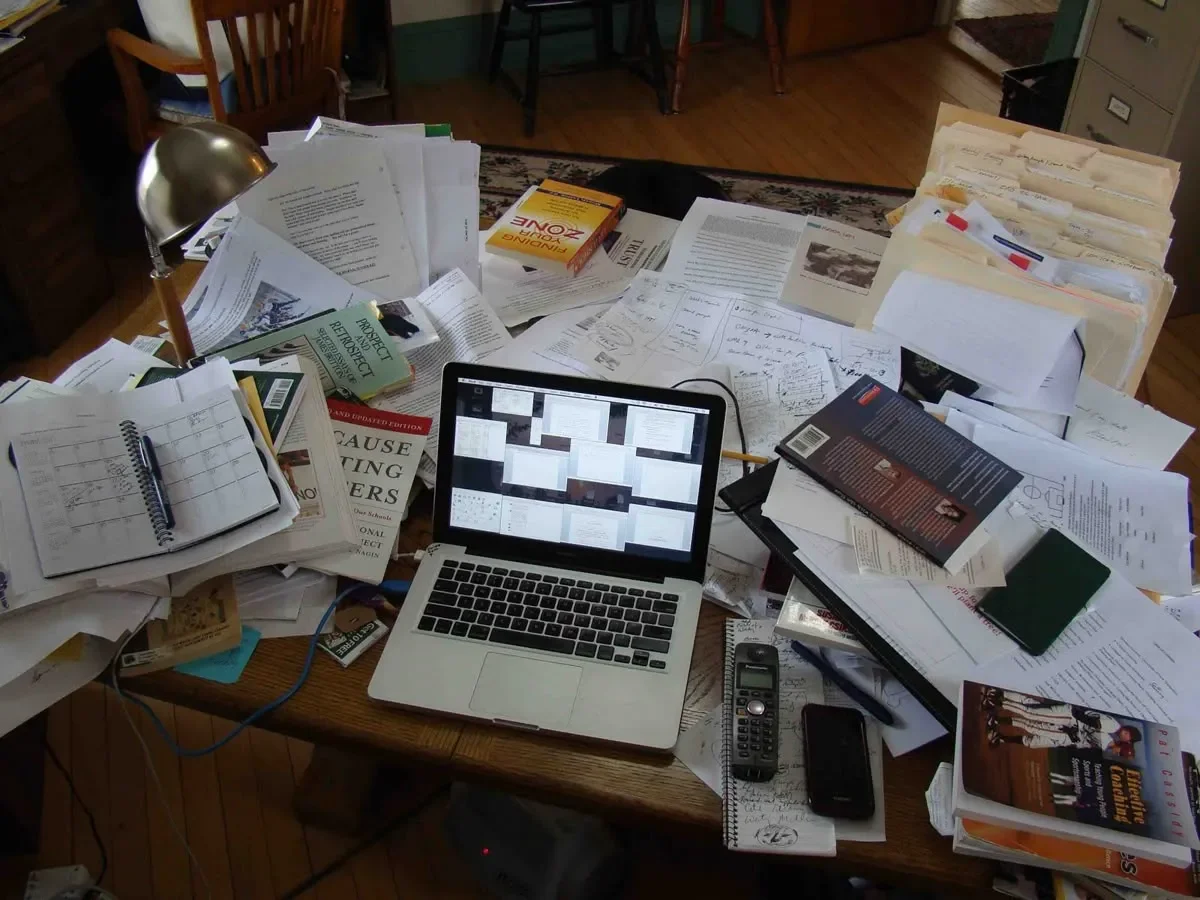Nourishing the Mind in the Age of Algorithmic Consumption
Why resisting the internet’s acceleration is essential for deep learning, creativity, and digital wellbeing
Link to my Substack Article here
In a culture driven by speed, algorithms, and output, our online spaces are increasingly shaped by advertising and non human content. Although, amid this acceleration, intentional opposition towards reflective engagement is forming. This essay explores the concept of an intellectual garden as a response to the noise, advocating for a slower, more critical internet experience.
Main Body
The modern internet prioritises content generation over meaningful human connection, driven by data and advertising rather than curiosity or creativity. In their video essay ‘The Internet is Getting Worse. And Here's Why’, Jared Henderson highlights how advertising has evolved from a tolerable transaction to a manipulative presence.
“Ads used to be the price you paid for free content online... Now though, you pay to remove ads from things you already pay for” (Henderson, 2025).
This shift signals more than change in user experience, it actively reveals the transformation of the internet from a participatory space into a marketplace designed to extract attention, not cultivate understanding. Algorithms have not been designed to serve people, they serve systems optimised for profitability. This context is vital to understanding why so much fast online content now feels hollow, manufactured, and deeply unfulfilling.
AI-generated content is accelerating this degradation, replacing the human voice with automated outputs in the pursuit of speed and scale. Henderson argues that the proliferation of AI content is cultural (Henderson, 2025). He notes how there is inherent danger of a public that not only tolerates but prefers AI content, simply because it is faster and frictionless (Henderson, 2025).
This expanse demonstrates a deeper crisis: that in Eurocentric culture, we are normalising a form of creativity that entirely bypasses process, reflection, and authorship. AI is not inherently harmful, it is a clear creative tool, but utilised by corporations focused on scale, it becomes a means to eliminate the human element from creation altogether. What we are currently digesting is not a developed form innovation, but a bypassing of the necessary slowness of thought and learning. This acknowledged preference for immediacy reflects a broader cultural discomfort with duration, complexity, and labour; qualities essential to real education and creative maturity.
True learning, creativity, and intellectual development take time, and the current digital environment actively works against that.The internet now rewards rapid production, surface-level engagement, and emotional reactivity. Yet, as any meaningful maker or thinker knows, education is not a transaction but a lifelong conversation.
To stop experimenting is to know you have died.
Originality is not a finished state, but a painful, and sustained practice. What is lost in this acceleration is the possibility of discovery. When everything must be “content,” made quickly and for consumption, there is no room for trial, failure, iteration, or introspection. This is especially harmful for emerging thinkers, artists, and designers, who need space to explore without the burden of instant visibility or perfection. Fortunately, there is growing resistance to this environment the current internet has sustained, and there are emerging frameworks for reclaiming the internet as a space of thought, not just noise.
One such framework is the practice of building an intellectual garden; a deliberate, connected approach to online learning and reflection. In their most recent video ‘Creating a Digital Garden to End My Doomscrolling’, Anna Howard defines a digital garden as,
“-a place that makes it possible to make connections between all of the things that you are consuming” (Howard, 2025).
This practice isn’t about collecting random links or notes, it’s about constructing a personal knowledge system (Howard, 2025). Like a physical garden, it requires regular tending, curation, and reflection. It invites slowness and depth. Howard’s point is nuanced, when we stop treating the internet as a source of passive content and begin treating it as a tapestry of thoughts, it becomes a space for sense-making. This shift reframes our relationship to the internet, from passive receivers of content to active stewards of our intellectual growth.
Reclaiming the internet as a space of critical inquiry requires intention, slowness, and a redefinition of what it means to be “online.” When we engage critically, (taking notes, making connections, and applying ideas), the internet becomes a substrate for growth rather than distraction. It may not reduce screen time, in fact, it may deepen it, but it transforms the quality of our engagement. Rather than being led by what the algorithm surfaces, you begin to leading yourselves through self-curated paths of inquiry. By asking,
“What do I want to understand?”
In our current cultural view on productivity, this approach is comprehensive and restorative, as a reorientation of technology from within it.
Conclusion
The internet is not inherently broken, but our relationship to has become disturbed and strained. We have surrendered too much ground to systems that do not prioritise our growth. Cultivating an amiable intellectual garden, choosing slowness, and engaging critically are approaches to expand rich.
References
Henderson, J. (2025). The Internet is Getting Worse. And Here’s Why. https://www.youtube.com/watch?v=YcW9IB5e3_E [Accessed: 16th July 2025]
Howard, A. (2025). Creating a Digital Garden to End My Doomscrolling. https://www.youtube.com/watch?v=OtY7Z53QJo8 [Accessed: 16th July 2025]

